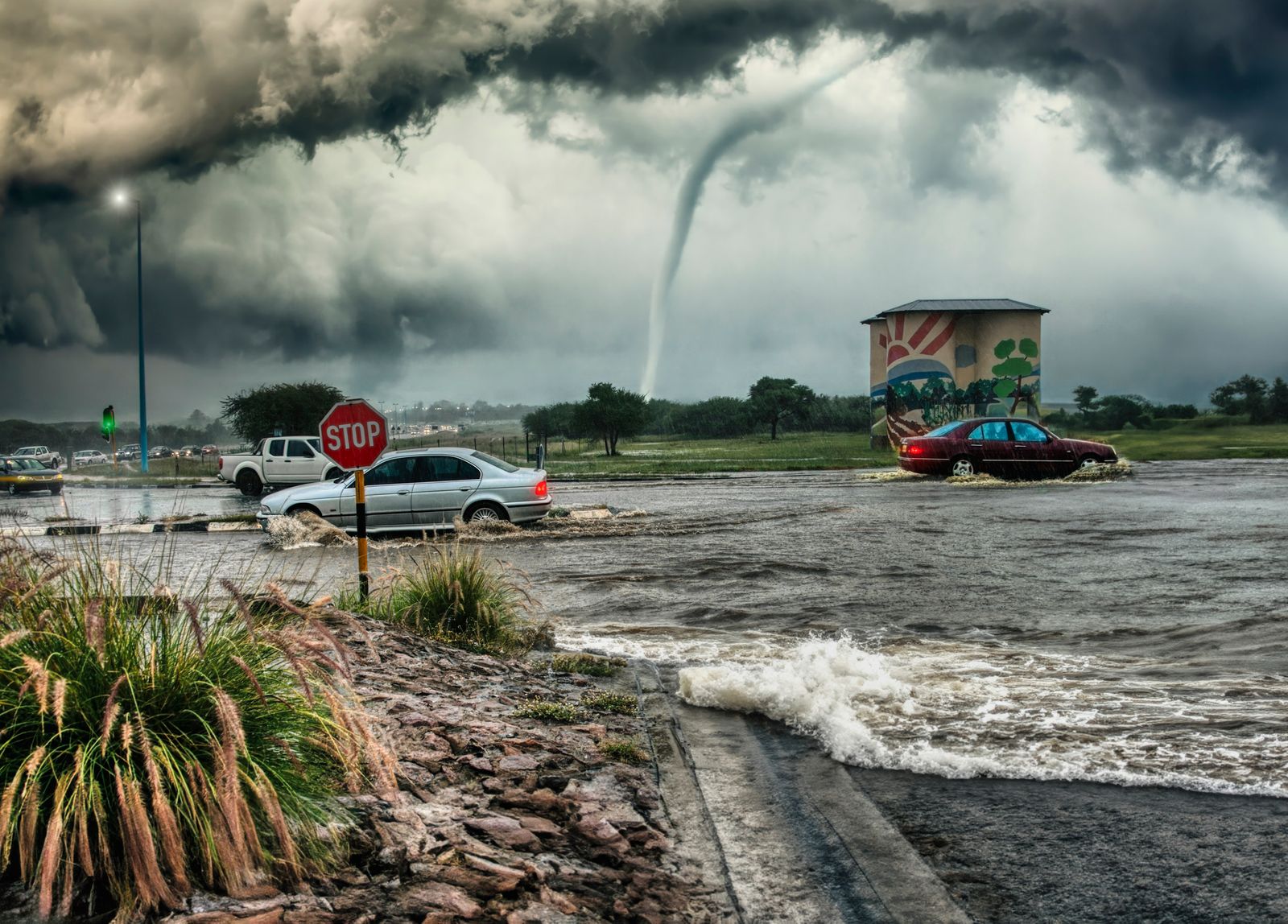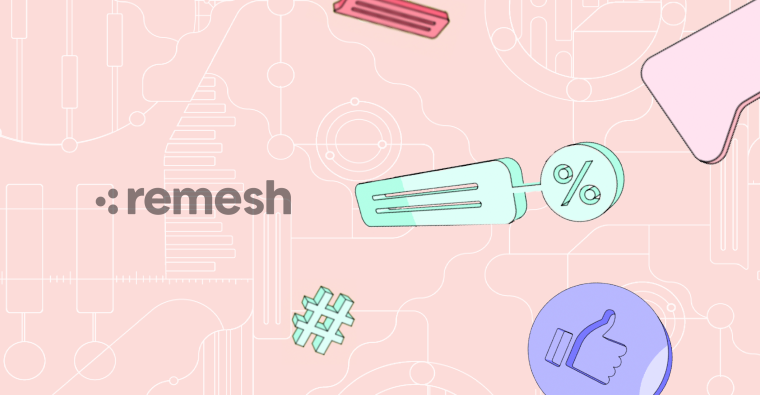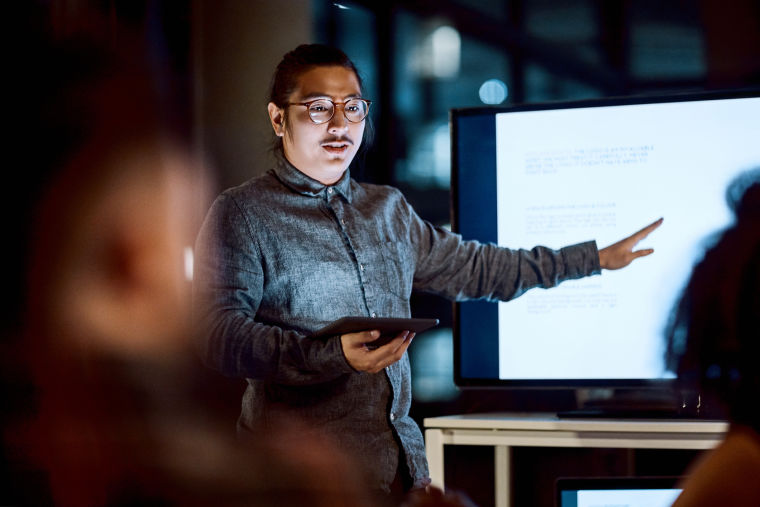What Next? Insight, Foresight, and Wildcard Events
The influence of rare, high-impact events, or "wildcards," like COVID-19 and 9/11, on consumer behaviour and market research. A better understanding and classification of these events is needed to anticipate future changes in consumption patterns.

“There are decades where nothing happens; and there are weeks where decades happen.” Vladimir Lenin is widely credited with this famous saying, and we have certainly experienced the accelerated change it describes. It has been five years since COVID19 emerged and spread, and we are still feeling its aftershocks. Low probability, high impact events, so-called wildcards, occur and scramble the reality around us, attitudes, and ultimately consumption patterns.
We know this and have lived through it. The fall of communism and dissolution of the Soviet Union, BSE or “mad cow disease”, SARS, the Asian financial crisis of 1997, 9/11, the Great Recession, the #metoo movement, Brexit, Fukushima, COVID, and many other wildcard events have roiled markets, changed public opinion, and radically altered consumer behavior. An even better example is the first half of the 20th century, in which flight, radio, the internal combustion engine, a Great Depression, two world wars, the rise of communism, atomic weapons, and television made the 1950s consumer unrecognizable from the 1899 consumer. We all know the history of these world-changing events.
But have we factored this into our theory of change?
Wildcard events are far more frequent than we might want to admit. Despite this our implicit theory of change in market research is generally demographic or cultural. In other words, our unspoken assumption is that consumer behavior is explained by things like generational replacement or changing folkways downstream from demographic, economic, or technological change. These certainly have predictive and explanatory value. For example, is there anyone that doubts that our aging societies will shift their consumer behavior as an increasing percentage of the population retire? As they say, demography is drama in slow motion. But our implicit assumption that change happens from the long waves of large forces misses the fact that history seems to be made just as much in unanticipated sprints as in long-planned marathons.
Insight work, our research, is often described as a “snapshot in time.” We don’t run brand trackers to find the same thing repeatedly. We run them to identify the trendline. We use a steady stream of these snapshots to help organizations answer the What? and the Now what? We will increasingly leverage foresight tools to help us explore the What next? All of our work is either focused on (1) how attitudes and behaviors are changing or (2) how we might change them.
If our focus is change, then we need to think more deeply about our theories of change and about wildcard events.
When asked to list some future wildcard events, most of us would immediately mention potential catastrophes like another, deadlier, pandemic, or a global economic downturn, or a superstorm, or a solar storm that destroys a continent’s electronics, or a food source collapse (e.g. our oceans or a crop), or an all-out cyberwar, the implosion of a nation-state, a new and global currency, the rise of a new religion, or even the discovery of alien life. Each of these is low probability in any year but would have an enormous impact on attitudes and behaviors. The more optimistic might even volunteer so-called benestrophes, positive wildcard events like the development of safe fusion power, a cure for cancer, a vaccine that slows aging, the next generation of GLP-1 drugs, widespread ownership of robotics, or even the development of helpful Artificial General Intelligence (AGI). Each of these would significantly impact consumer attitudes and behaviors.
Many of us would be surprised if even one of these happened next year or in the next five years. But most of us can certainly imagine at least one of these happening in the next ten years.
If we admit this to be true, then we need much stronger thinking and classification of low probability, high impact events. At the moment we throw all the out-of-the-blue scenarios into one bucket, call them wildcards or black swans, shrug, and throw up our hands.
We need more structured thinking about these type of events. For example, virtually all wildcard events can be classified as one of the following:
Natural Disasters
Ecological, Bacterial or Viral Shocks
Economic Shocks
Conflicts / Wars
Breakthrough Discoveries
Social or Cultural Shifts
Technological Breakthroughs
But, while this is helpful, we need more.
With this in mind, I have created a 5-level typology of wildcard events based on four questions:
To the best of our knowledge, has it happened before?
Is it or could it be cyclical?
Is it geographically bound?
Is it human driven?
Collectively these questions help us think more clearly about those wildcards that are easier to anticipate, and those that are rarer and with much greater impact.
Four affirmative answers to these questions make that wildcard more knowable and more predictable. These are Level 1 wildcards, and we can more easily conceptualize and plan against them. Zero affirmative answers to these questions are Level 5 wildcards, highly speculative and very possibly world changing.
In this schema each level up is less predictable, has the potential for more surprise, and possibly greater impact.
Level 1 Wildcards are generally the easiest to anticipate. These are sometimes referred to as Grey Swans. Nation-state financial crises (what Americans in the 19th century referred to as “panics”), currency collapses, regime change, local war, aquaculture collapse, a shock election. We’ve seen these before, they are at least somewhat cyclical, they’re geographically bound, and human driven. We shouldn’t minimize them. They’re shocking when they occur, but should they be?
Level 2 Wildcards require 3 affirmative answers. These are also more predictable and include localized earthquakes, Category 5 hurricanes, and droughts that reduce supply of a foodstuff. Most Level 2 Wildcards are natural or meteorological.
Level 3 Wildcards require only 2 affirmative answers. These are less predictable and much higher impact. They would include things like new ideologies, novel religions, the rise of a savior or great moral teacher, extreme space weather, new discoveries about the universe, breakthrough inventions, “discovery” and globalization of a staple crop like the potato, world-changing philanthropy, or global wars. World wars are arguably Level 3 Wildcards. They have happened before and are human-driven. In fact, we’ve had at least four as a species (7 Years War, World War 1, World War 2, Cold War), and are probably in our fifth now.
I classify new discoveries and breakthrough inventions as Level 3 wildcards because humans have a long history of discovering and inventing new things, even if a particular new thing is novel.
New discoveries about the universe are also human-driven, have happened before, and are extremely impactful. For example, discovery of the heliocentric solar system and evolution directly undermined the powerful authority of the Church. Germ theory gave us a completely new understanding of disease and hygiene. Discoveries like this often shift power and create entirely new industries.
The same is true for breakthrough inventions. Consider the invention of the photographic method by Louis Daguerre, which dramatically impacted the visual arts. Or consider the telegraph, which severed the link between transportation and communication. Steam power and the railroad were likewise revolutionary, dramatically reducing the cost to ship goods. Artificial General Intelligence (AGI), de-extinction of animals or plants (e.g. the de-extinction of the wooly mammoth), and fusion power are some breakthrough inventions we may experience before mid-century.
Level 4 Wildcards have only one affirmative answer in this typology. Level 4 Wildcards are things like natural pandemics, asteroid strikes, an intentionally released bioweapon, or a global cyberwar. These are rare and very high impact.
And then there are Level 5 Wildcards, future events with zero affirmative answers in this schema. These border on the so-called “unknown, unknowns” - alien life, a revelatory event, etc.
While we may not experience a Level 5 Wildcard in our lifetimes, Level 1 and 2 Wildcards seem far more likely, almost common when considered in historical time. They aren’t the standard forces we traditionally consider when we think about change in consumer behavior, but they have altered consumer behavior in the past.
It’s time to bring wildcards into mainstream business thinking. It’s time to study these events more rigorously.


